1
HOME > Tips & Advice >
WHAT TO LOOK FOR IN ACTIVEWEAR AND GYM CLOTHES
Written by Ivan Yaskey in Tips & Advice on the 5th September 2023
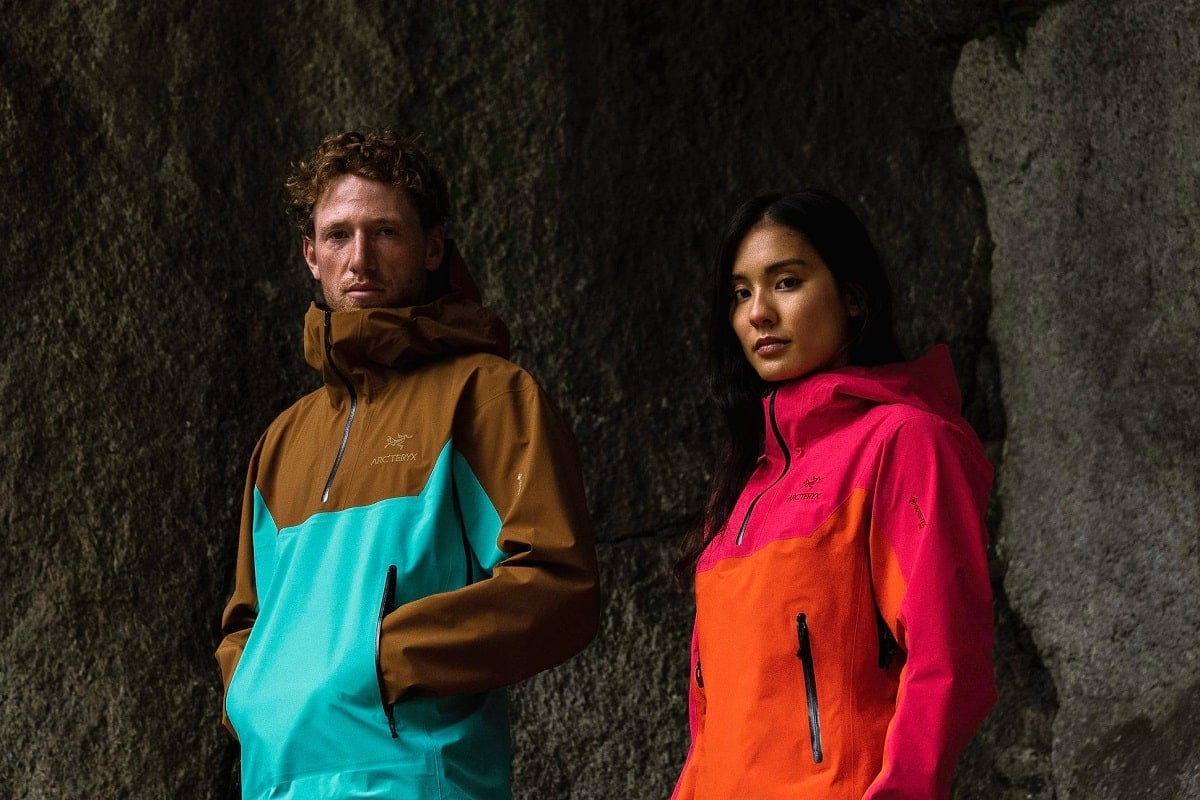
Especially if you grew up in the ‘80s or ‘90s, activewear, in your mind, feels like cotton T-shirts, mesh basketball shorts, and fleece-lined sweatpants, finished with a pair of heavy-duty leather trainers. This mix let your body move, whether you were running on the pitch, blocking on an indoor court, or getting your physical activity fix at the gym. Yet, sweat crept in, and after a session, your clothes smelled strongly of it. Activewear over the past 20 years has become more sophisticated and performance oriented. This development has its pluses and minuses. Fabrics dry and stretch, all without the kitschy ‘80s spandex vibe, yet they also shed microplastics, wear out quickly, and frequently use PFAS for their performance properties. In turn, sustainability initiatives now influence the next generation of activewear: Merino wool is in, polyester seems reductive compared to bamboo and TENCEL, and cotton is getting a second glance. Whether you seek gym clothes that won’t hinder your performance or don’t want to finish your workout as a humid, sweaty, and chafed mess, understand what to look for in your activewear:
The Basics
To start, you won’t treat your workout clothes like the rest of your wardrobe: Looks are strictly secondary, if considered at all, and performance remains paramount. However, prioritizing more sustainable, longer-lasting fabrics is advised. Here’s how to go about selecting the right active garments:
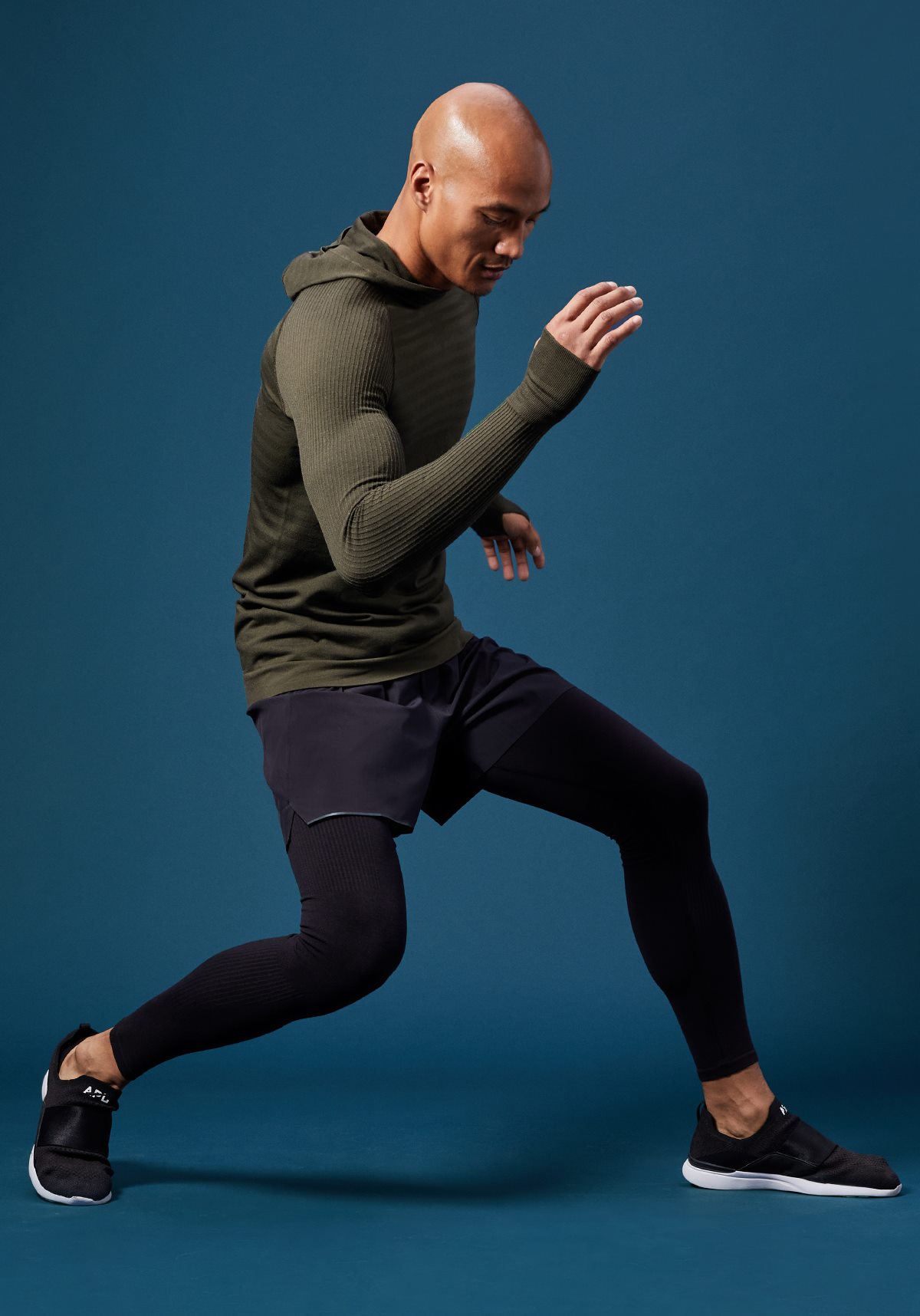
What Does It Do?
Going back to the ‘90s example, you likely grabbed the same items, no matter if you were playing a pickup game of baseball, headed to the football pitch for practice, or going for a run. Activewear’s advancements mean that most garments, save for versatile cross-training basics, are built with a specific, usually dynamic purpose in mind that aligns with your movements and makes you feel more comfortable during an activity. To make sure you’re starting off with the right garments:
Avoid athleisure entirely: While this segment gets grouped in with activewear, it runs more like loungewear and may not optimize your body’s movements.
Look into what a garment does and its properties: Something flexible and moisture-wicking does you well at the gym but may be too light and flimsy for trail running, which requires greater abrasion resistance, or cycling, often outfitted with ergonomic patterns and strategically placed seams.
Consider having separate sets of activewear for specific workouts: What you wear to run will vary from what you wear for a yoga or pilates session or what you might sport for weightlifting or strength training. Think about how your body will be moving, the intensity level, and conditions for each activity.
As a note, if your workouts lean more toward moderate gym fare – think strength training, cardio, and HIIT – you can get away with multipurpose moisture-wicking garments made with stretchy, breathable fabrics.
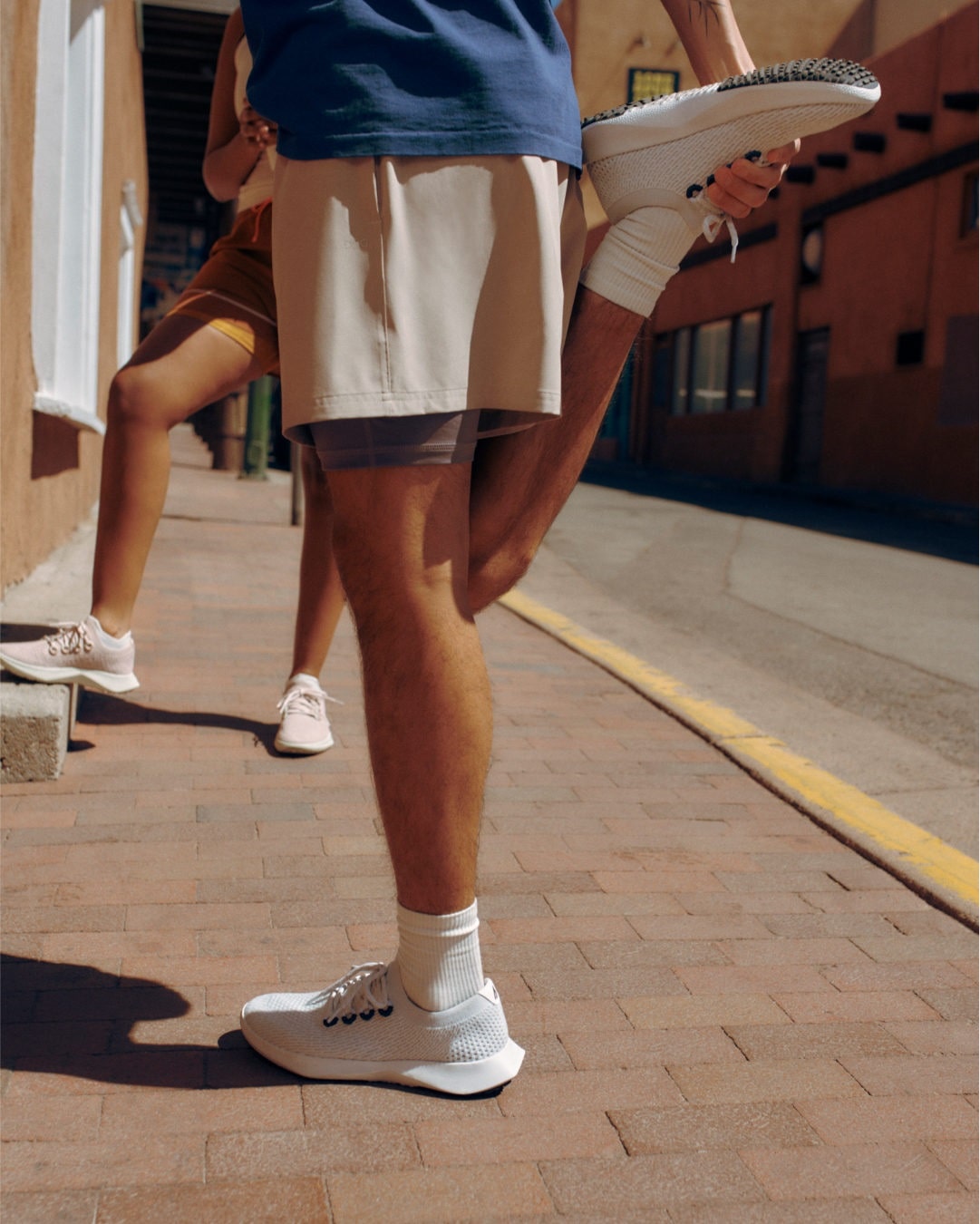
Sizing
With workout gear, baggy fits get in your way, enveloping your body in extra material, and too-tight sizes add unwanted pressure. No matter if you plan to wear mesh gym shorts or a compression garment, realize that most activewear is sized differently from standard menswear. You may need one size down from what you typically wear. Try on gear in person to get a sense of how it fits before you buy.
Be Ready to Layer
Conditions vary, but your expectations for performance don’t. Layering also bridges warm-weather and winter workouts, giving you a consistent set of garments to wear all year long to manage your temperature in relation to activity level.
Your Essentials
In line with all points expressed so far, make sure your workout wardrobe includes some combination of the following:
Active top: This a perspiration-wicking garment made of a flexible, breathable material – short sleeves for most of the year and long sleeves for more coverage in winter.
Shorts: Like your shirt, these are lightweight, moisture-wicking, and breathable. Shorter lengths tend to suit activities with more movement – like running – and longer inseams have you covered for cross-training and weightlifting.
Base Layers: More of a winter layering garment, base layers sit right next to the skin to both control perspiration and add warmth without weight. Base layers tend to suit more outdoor pursuits and should be made of a flexible light- to mid-weight material that won’t bunch or bag.
Joggers: If you need more coverage beyond shorts and base layers, opt for fleece-lined joggers to keep warmth in.
Hoodie or pullover: Similar to joggers, add this garment for warmth only. Here, too, flexibility and moisture-wicking properties result in a more comfortable experience that’s less likely to leave you drenched in sweat.
Trainers: While not apparel, wearing the wrong shoes for the activity exposes you to multiple injuries, from rolled ankles to shin splints to plantar fasciitis. In general, cross-trainers function as a multipurpose shoe, while running, cycling, tennis, and other sports-oriented footwear are built for the activity’s specific stresses, demands, and impacts. As well, understand that attempting to work out with worn-out or compacted outsoles means your feet and legs absorb the impact and may increase your risks for fractures and soft tissue injuries.
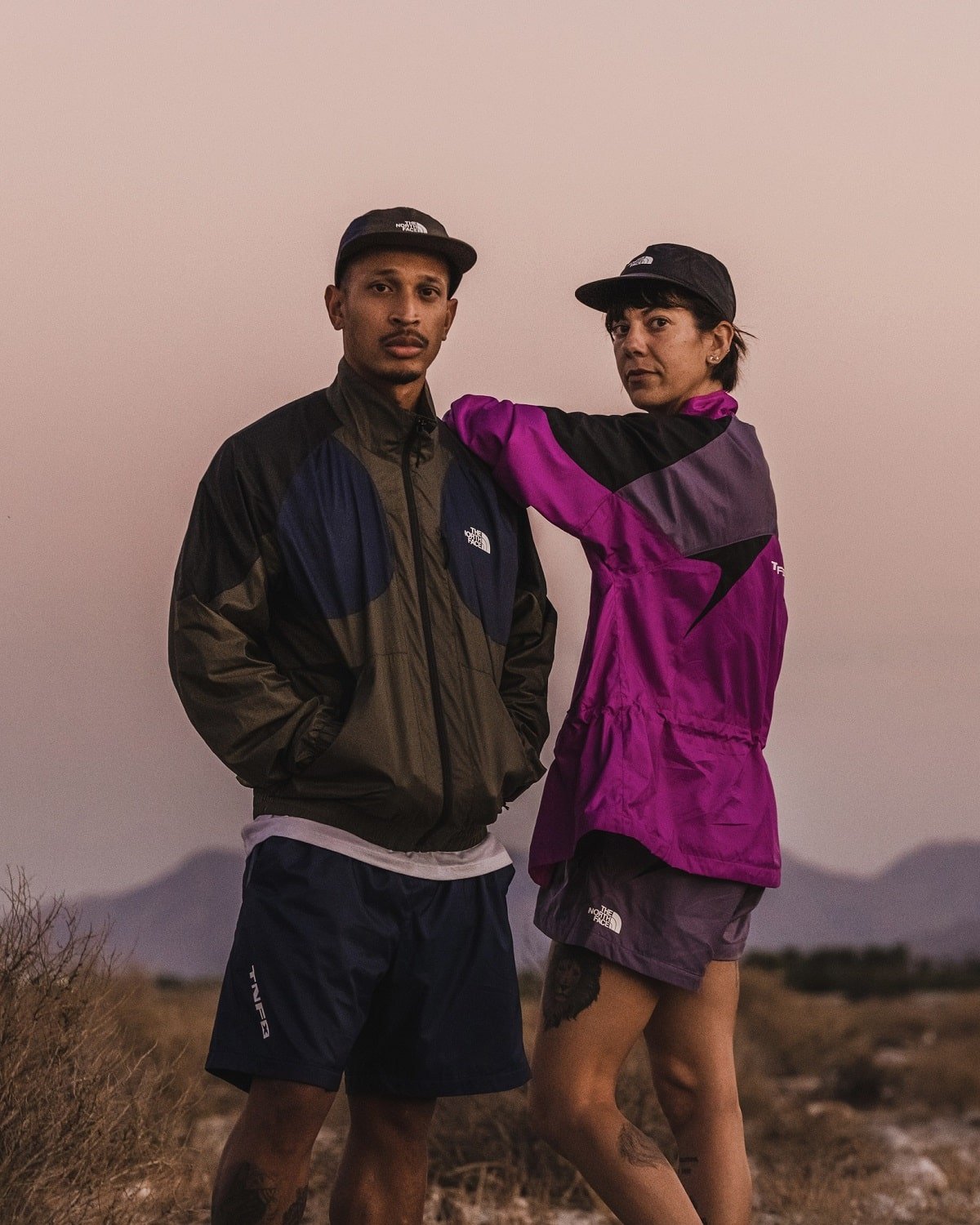
Fabrics
Depending upon your age, you may have spent the ‘80s in spandex with poor air circulation, the ‘90s working out in baggy cotton and polyester mesh, the 2000s and 2010s in spandex- and polyester-based performance fabrics, and the 2020s so far wondering how to be more sustainable with your workout gear. While materials change, growing understanding of the body’s mechanics means that activewear should wick away – rather than absorb – moisture and move with your form and motions. Synthetics primarily fit these requirements, although merino and semi-synthetics like modal, TENCEL, and bamboo are catching up.
There’s no right answer. Instead, think about the pros and cons of common fabrications:
Cotton: While breathable, cotton draws in moisture, including perspiration. This results in a heavy-feeling garment that’s slow to dry, can cause you to experience hypothermia in the cold, and, on a lesser scale, holds onto odors. Brands attempt to get around this conundrum with blended fabrics – not the easiest to recycle – or by adding performance treatments.
Polyester: Microplastics are a significant con, as is a shorter lifespan. Yet, in terms of workout gear, polyester is the most multipurpose – breathable, flexible, and moisture-wicking and quick-drying with the right treatments.
Spandex: Despite spandex being in just about everything these days, including denim, we tend to associate it with ‘80s leggings and leotards. For staying active, it’s the stretchiest option, but with time, the fabric slackens and bags. Like cotton, it has a tendency to hold onto odors.
Wool: Wool workout gear might sound like an oxymoron except on the coldest of winter days. However, finer merino fibers deliver a feel not unlike cotton and are equipped with natural moisture-wicking, quick-drying, and odor-resistant properties.
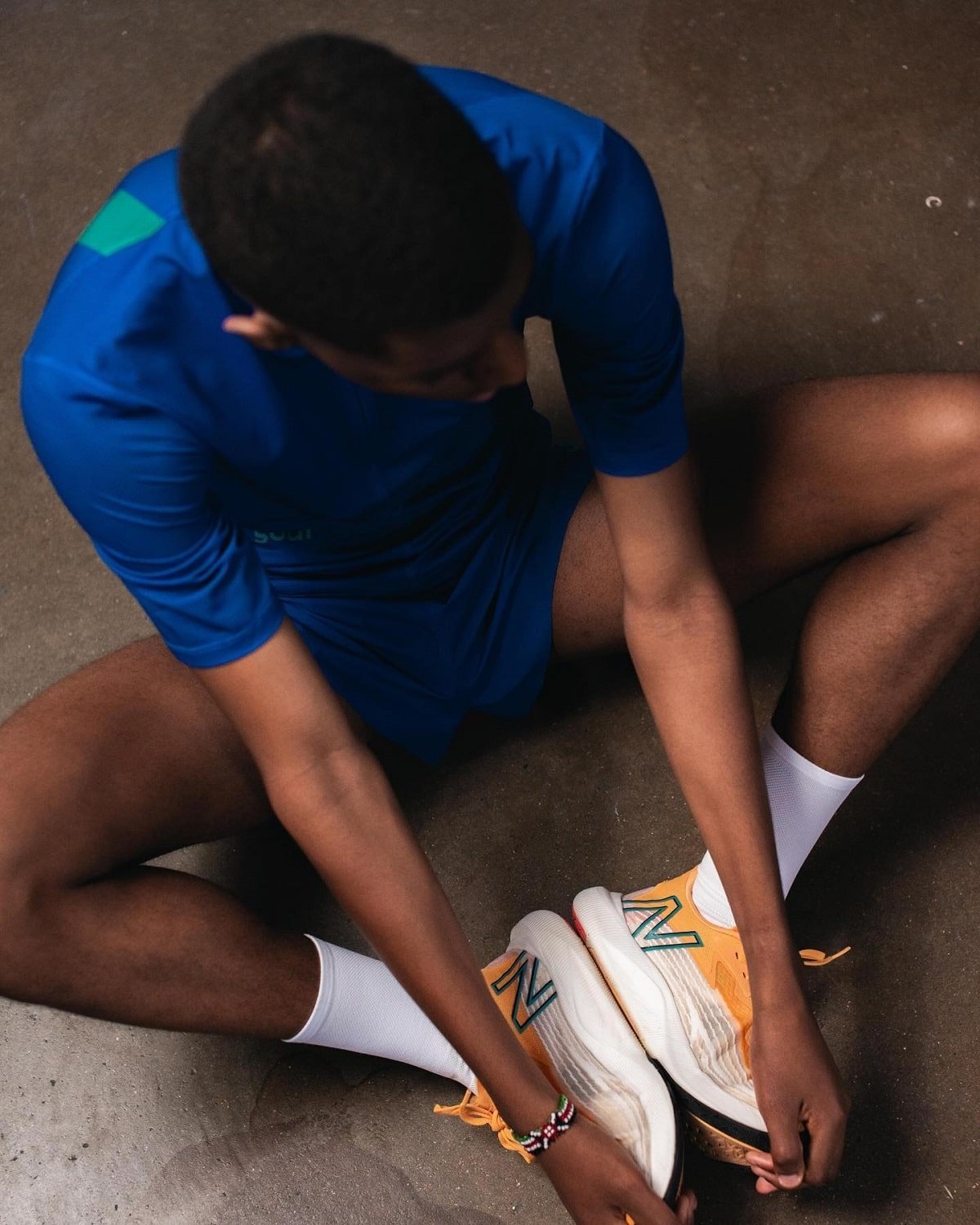
Treatments and Properties
On the subject of “How will this perform?”, performance properties serve as a guide:
Moisture wicking: Nearly all except for the most rudimentary gym clothes control perspiration. No matter how it’s added, this treatment pulls moisture away from your skin to the fabric’s surface, where it evaporates or dries.
Odor resistance: Also called anti-odor technology, this treatment prevents the smell of your sweat and body from remaining in your clothes and contributing to an off-scent that even washing won’t get out. While this property doesn’t substitute a shower or deodorant, it does mean your workout clothes smell fresher for longer. This treatment may be coupled with antimicrobial properties for controlling odor-causing bacteria.
Breathability: Mesh is old school but it improves air circulation and helps your body better regulate its core temperature. Unlike ‘90s basketball shorts, breathable fabrics have a lightweight feel and tend to use a fine knit or barely visible perforated texture.
UPF protection: Also called SPF protection, UV-resistant fabrics better block out ultraviolet rays, which can still pass through your clothing to your skin. Especially if you jog or do another outdoor workout, understand that UV exposure occurs in all conditions – bright afternoons to overcast mornings. For enough protection, make sure your clothing has a 30 to 50 UPF rating at a minimum.
Compression: While we associate compression with a tight fit, this fabrication adds an extra degree of pressure (15 to over 30 mmHg) to support your muscles, improve circulation, and reduce chafing during intense activities, like running, CrossFit, and weightlifting.
Know How to Take Care of Your Clothing
Due to synthetic construction, activewear frequently stretches, puckers, and pills, often giving you a lifespan under one year. High temperatures, at the same time, dimmish the effectiveness of the properties added, potentially leaving you with just a polyester T-shirt. To extend to lifespan of your activewear:
- Wash it in cold to medium-temperature water, preferably on a delicates setting.
- Never throw your gym gear in the dryer.
- To preserve the rest of your clothing, wash your activewear separately.

Trending
2
3
4
5
6
7
8
9
10










